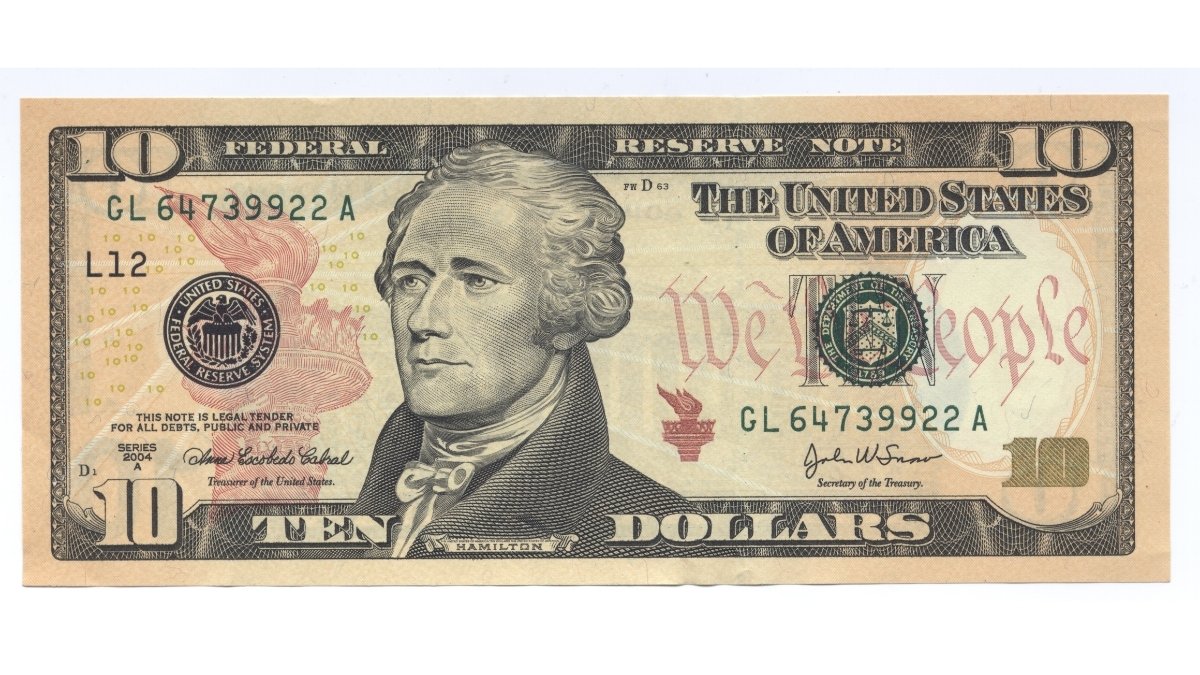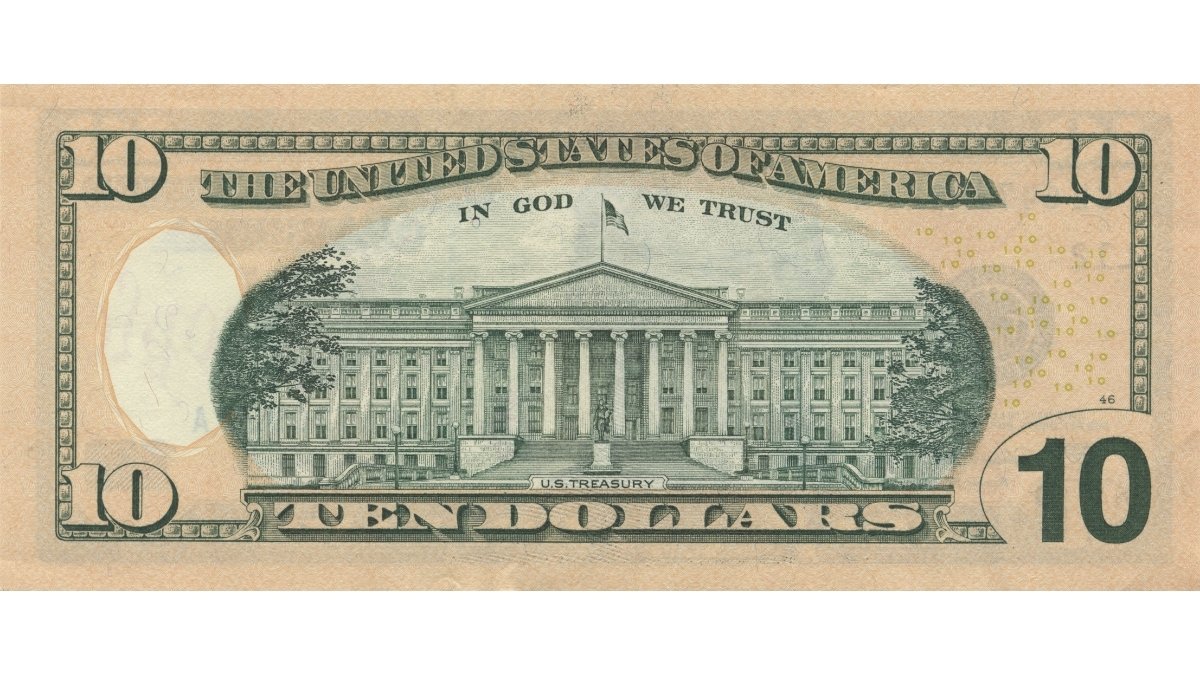Who is on $10 bill? It's interesting to learn about Alexander Hamilton, especially now that there's news about his picture on the ten-dollar bill. The US Department of the Treasury says that there have been talks and public comment periods about changing the bill's design. There were plans to replace Hamilton's picture with that of a woman, but the government decided to add new security features to the money first. So, the $10 bill is still a tribute to the man who built the financial system in the United States. He is one of the few non-presidents to appear on a U.S. dollar bill, which shows how much he has affected the country. This story goes into the details about the man on the bill and clears up the common myth that only presidents are on US money.
| Aspect | Details |
| Portrait | Alexander Hamilton |
| Year Introduced | 1929 |
| Not a President | One of only two non-presidents currently on U.S. paper currency (along with Benjamin Franklin on the $100 bill) |
| Current Design | Features Hamilton on the front, and the U.S. Treasury Building on the back |
| Key Symbols | Torch of the Statue of Liberty (front), "The Great Seal" (back, small) |
Who is on the $10 Bill?
The person featured on the U.S. $10 bill is Alexander Hamilton, the nation’s first Secretary of the Treasury. A lot of people are surprised by this because they think that only former U.S. Presidents are on our paper money. Benjamin Franklin and Hamilton are the only two non-presidents to be honored in this way on a circulating bill. Hamilton is a very important person in American history. His place on the ten-dollar bill shows how important his work was to the country's financial foundation.

Find Out - Who is on the $1 Bill? Check History and Secret Symbols You Never Noticed
The Story Behind Why Alexander Hamilton is on the $10 Bill
The fact that Alexander Hamilton is on the ten dollar bill shows how important he was as a Founding Father. He was born in the West Indies and came to America as a young man. He quickly became well-known. During the Revolutionary War, he worked as George Washington's aide-de-camp, and it was clear that he was very good with numbers and economic theory. He was the first Secretary of the Treasury and suggested building a national bank and a strong credit system. These forward-thinking policies made the economy of the young nation stronger. In 1929, his portrait was put on the $10 bill to honor him as the main architect of the American financial system.
Symbols on the 10 Dollar Bill
The pictures on US money are more than just pretty; they tell the story of the country and what it stands for. A lot of these symbols come from the Great Seal of the United States, especially the one on the $1 bill.

-
The Big Seal: The back of the $1 bill has pictures of both sides of the Great Seal. There is a bald eagle on the front of the coin, which stands for national strength; an olive branch, which stands for peace; and 13 arrows, which stand for war.
-
The Unfinished Pyramid: The back of the seal has 13 steps that lead to a pyramid. This represents the first colonies and the idea that the country is still being built.
-
The Eye of Providence: This symbol is above the pyramid and shows that God is always watching over the country and giving it advice.
-
Latin Mottos: The phrases "E Pluribus Unum" ("Out of many, one") and "Novus Ordo Seclorum" ("A New Order of the Ages") show that the US is united and looking to the future.
Must Read - List of 7 US Currency Denominations still in Circulation
In conclusion, the $10 bill is more than just a piece of US money. It's a moving tribute to a man who changed the way the country thinks about money. Alexander Hamilton is on the bill, which is a rare honor for someone who isn't a president. This shows how important he was in building America's financial system. The designs may change over time, but the story of this Founding Father on the ten dollar bill will always be an important part of American history.
Comments
All Comments (0)
Join the conversation